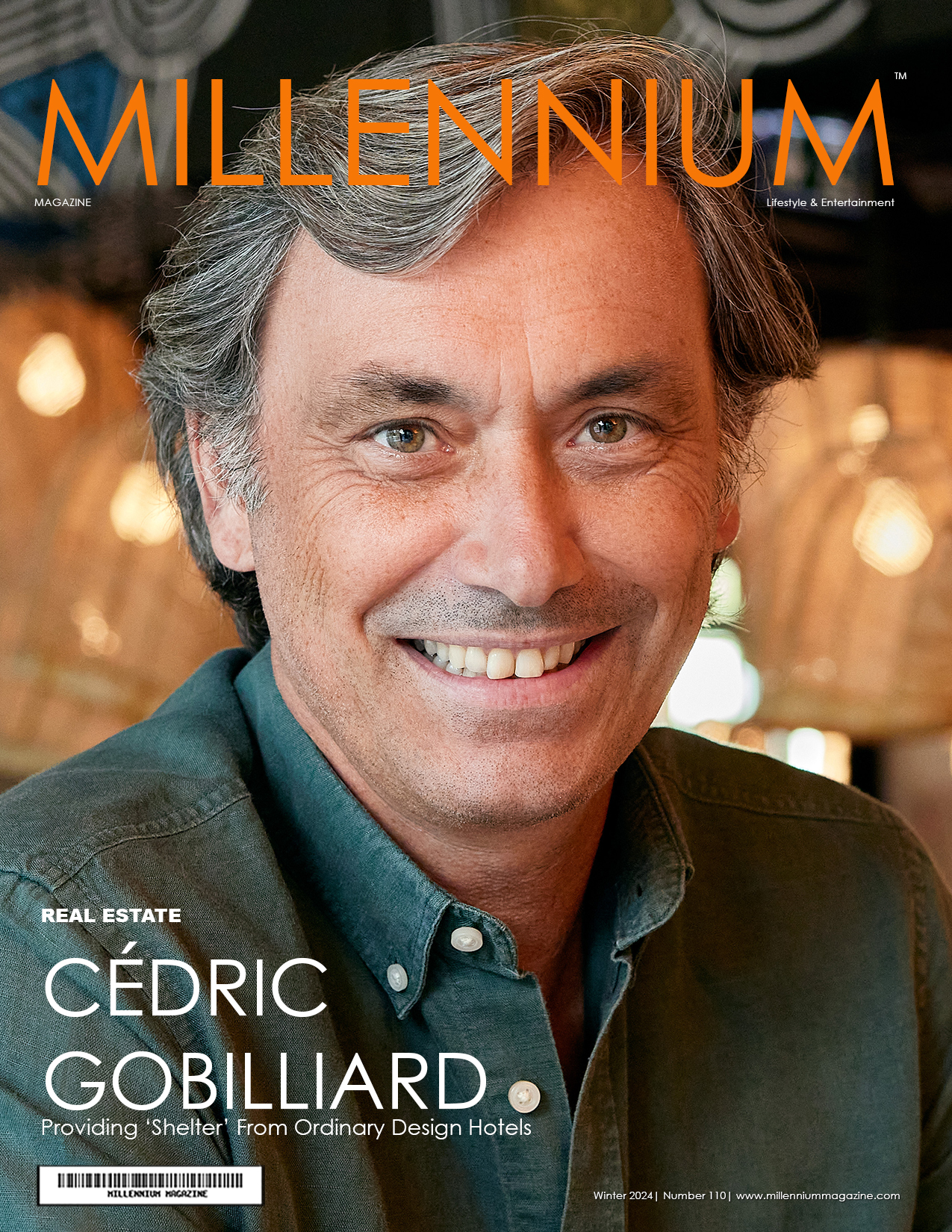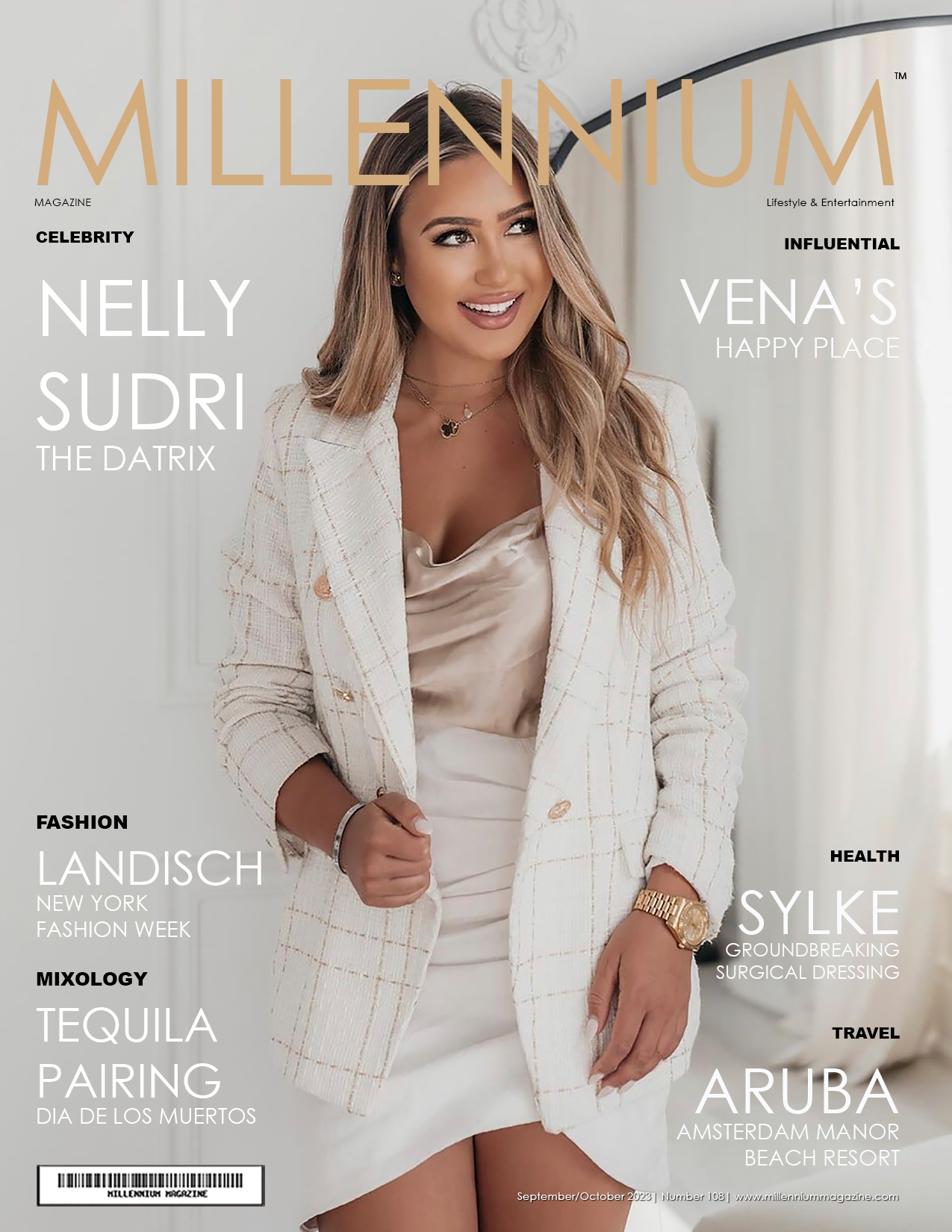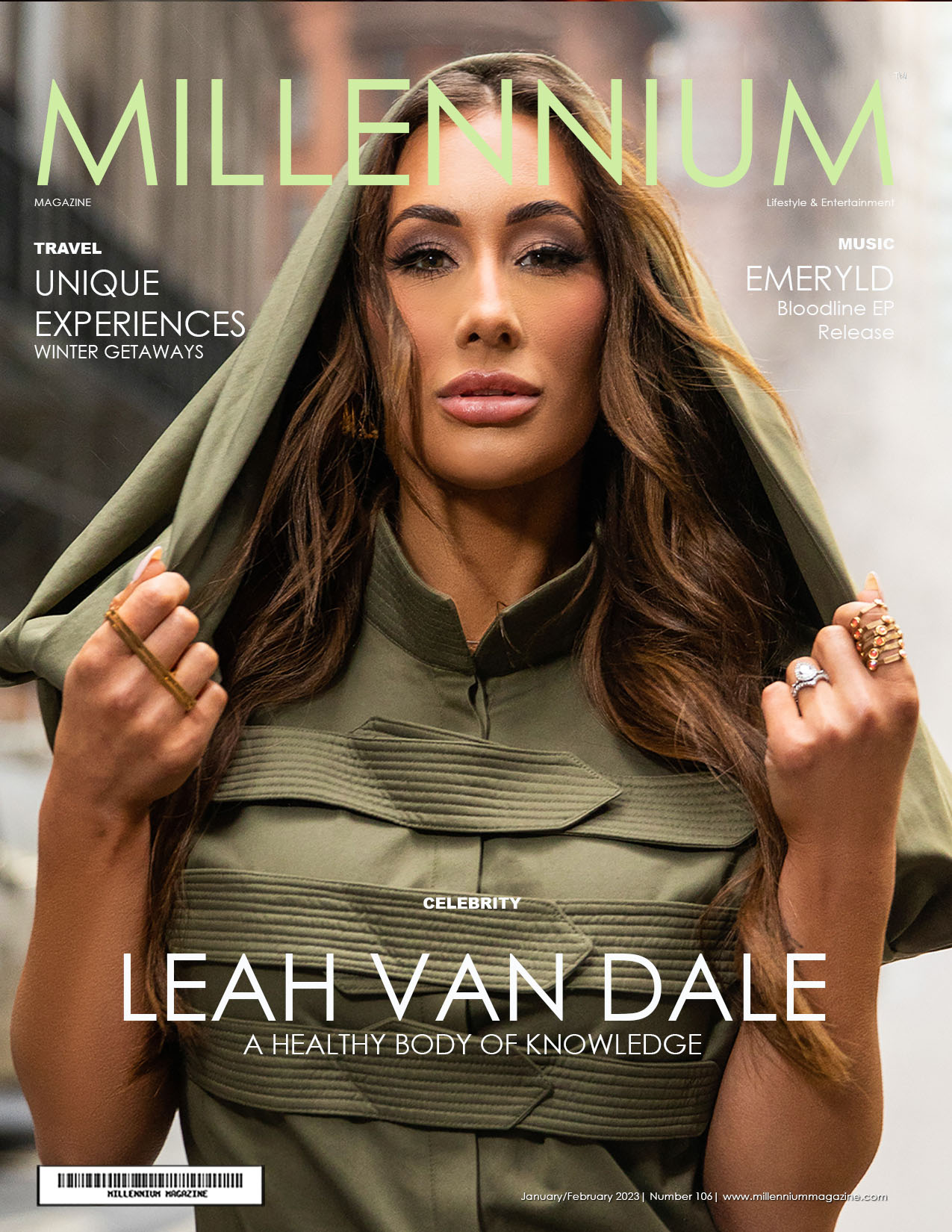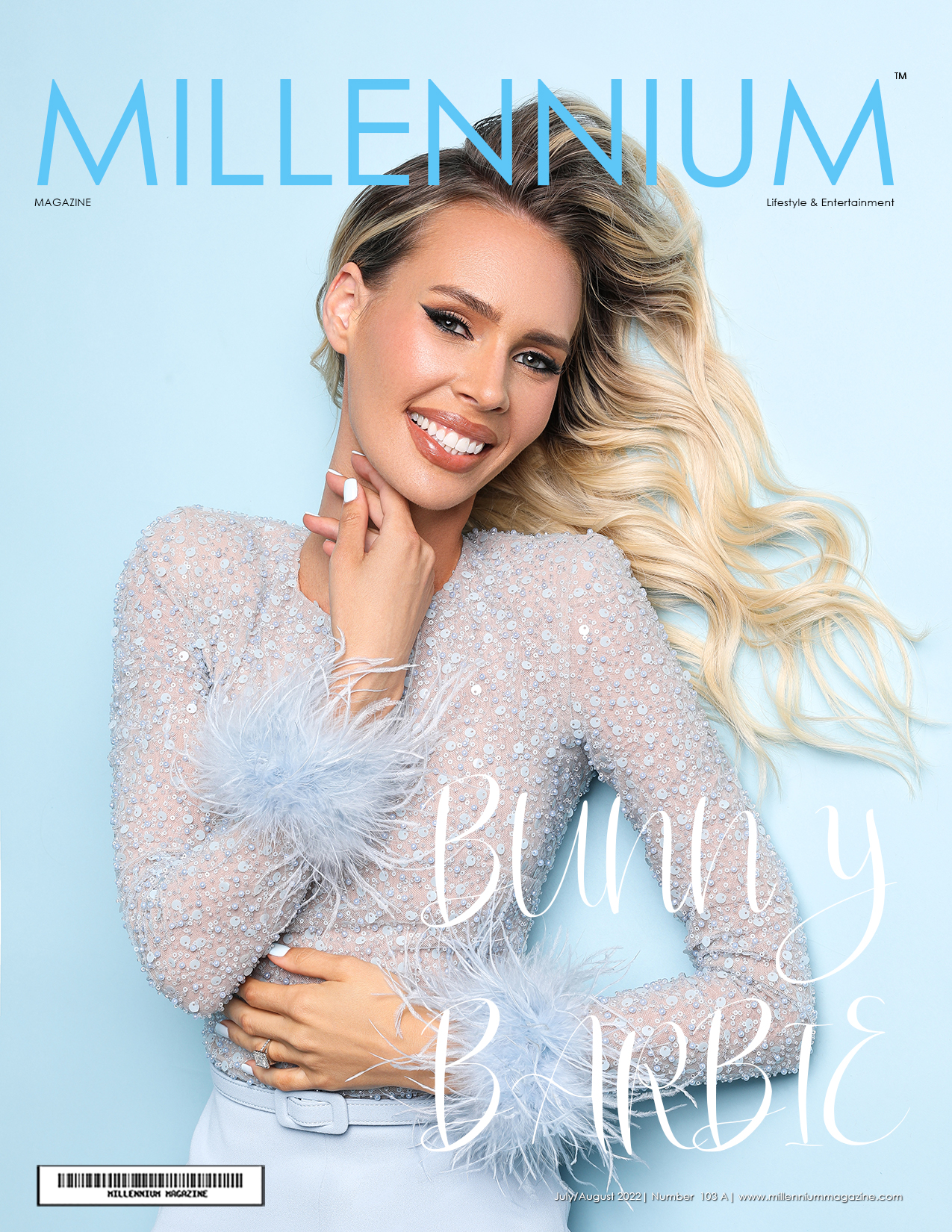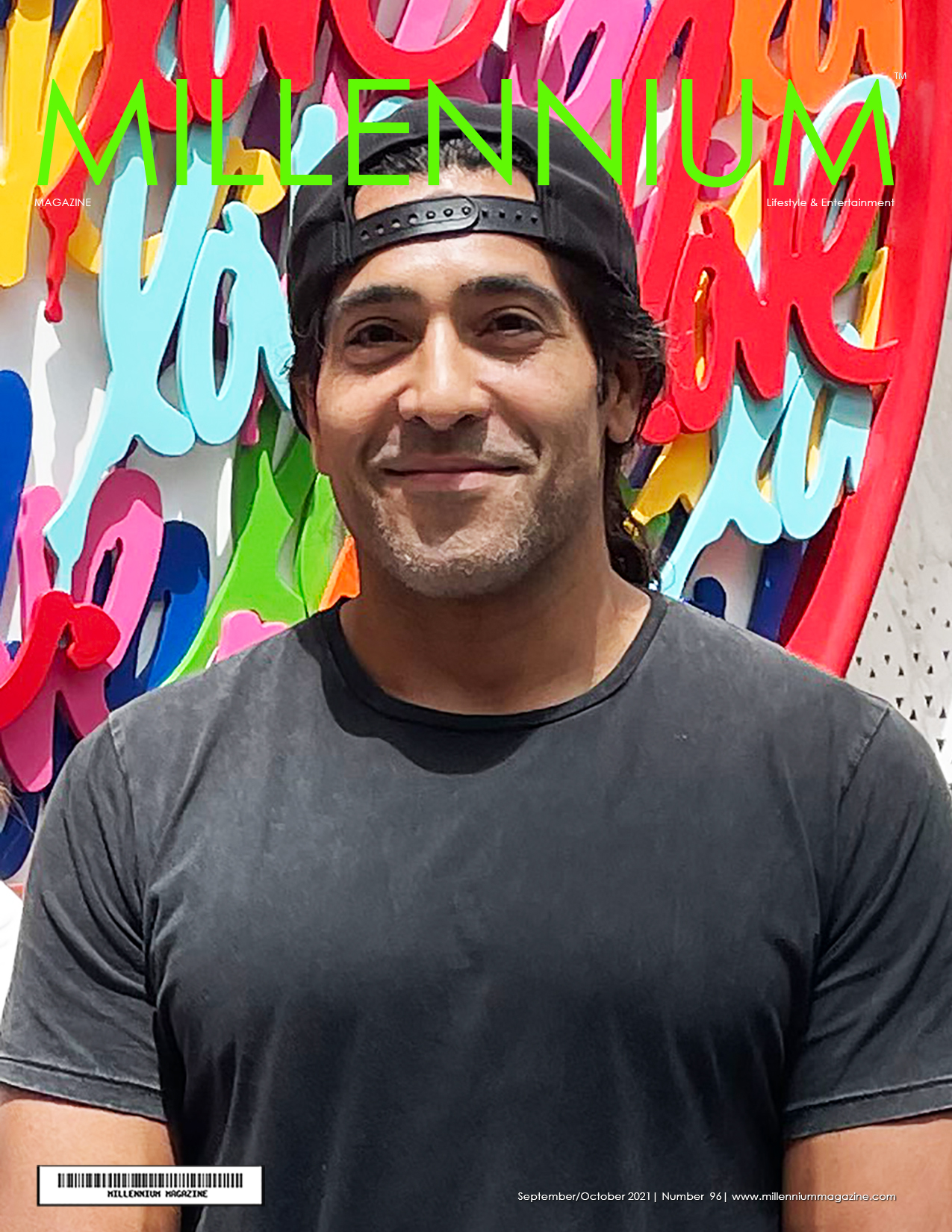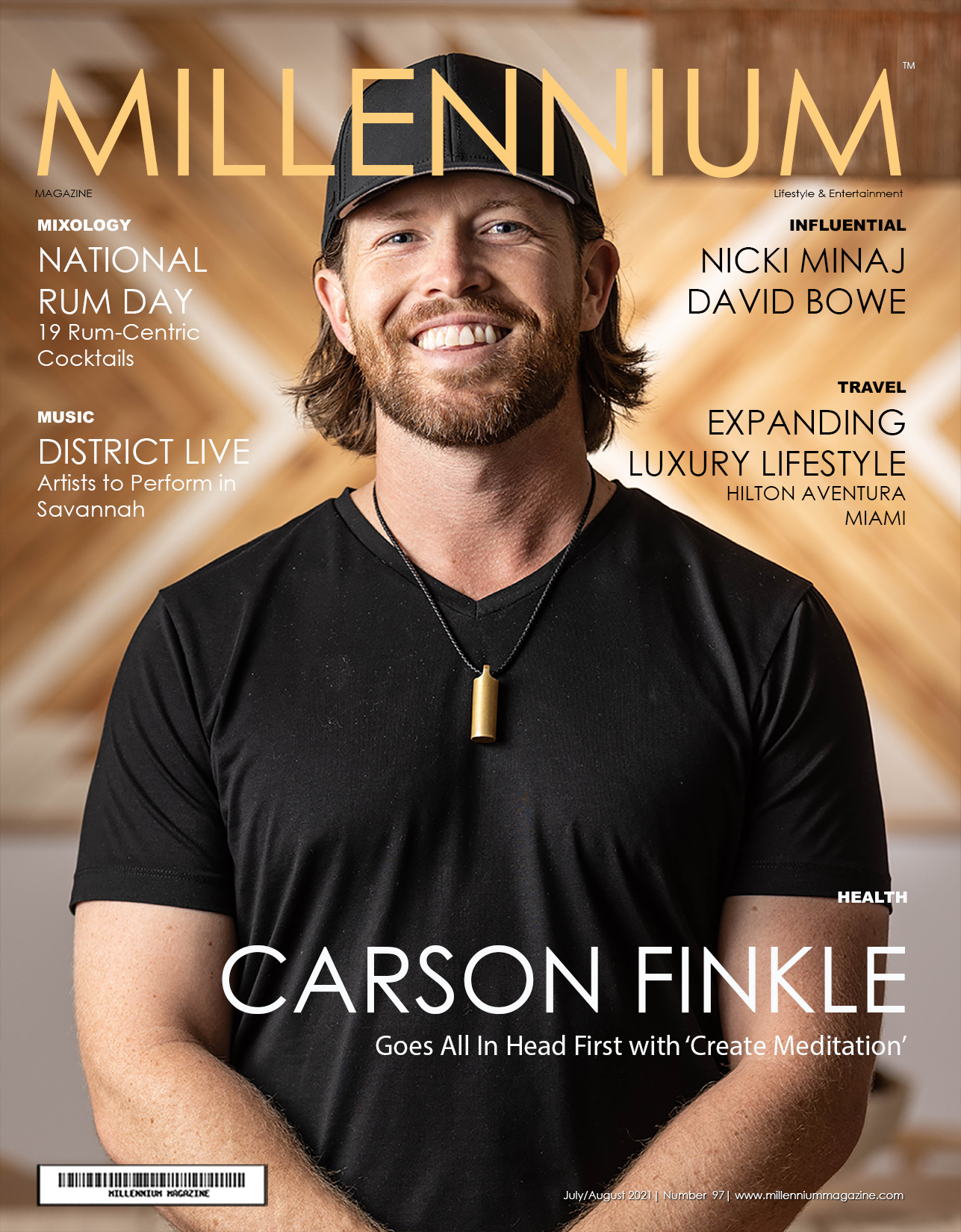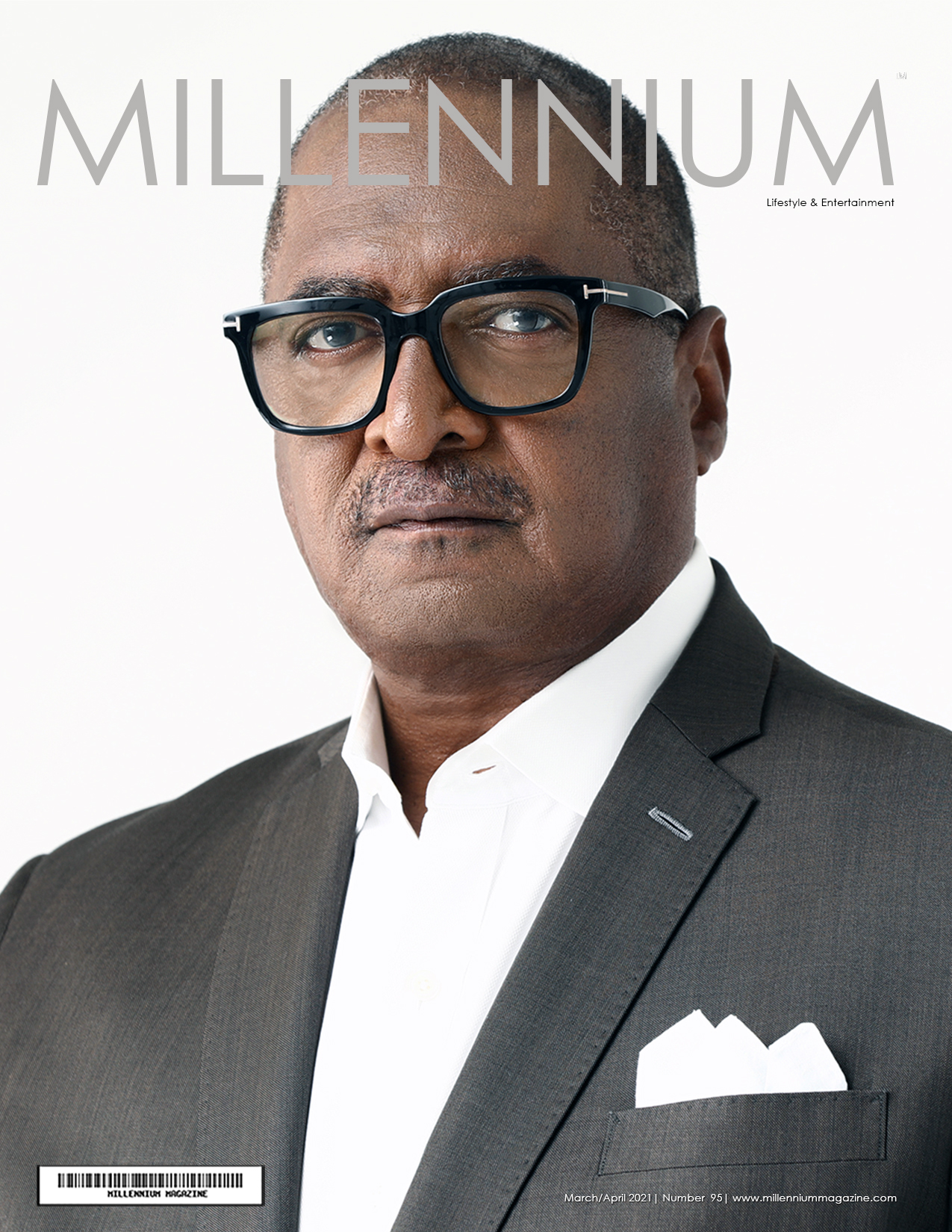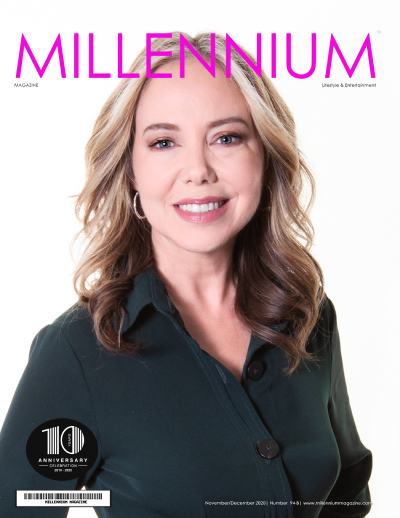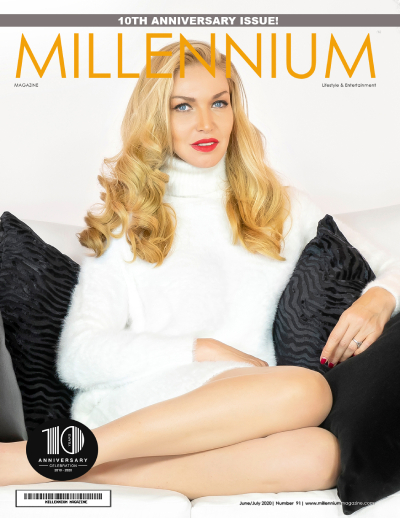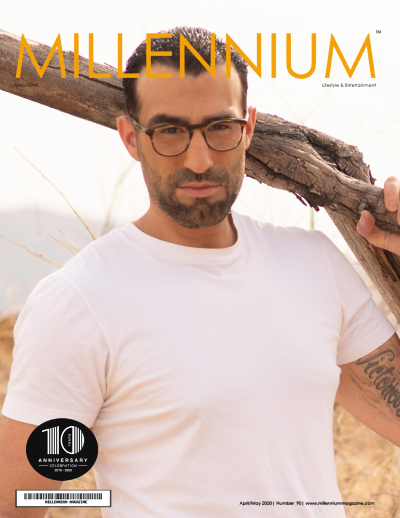Original article found on The Luxuriast.
Let me just come out and say, I was slightly creeped out about the whole practice of acupuncture. The thought of needles sticking out of the entirety of your back just did not seem appealing to me whatsoever; however, after some convincing, I visited Medina Wellness in New York City, and my view of the alternative medicinal practice has changed.
I sure am glad it did.
What I learned from this visit was alternate medicine does not only consist of acupuncture. This form of wellness also includes Cupping Therapy, Chinese Massage, Herbal Presses and Herbal Soaks. The combination of these methods are quite effective for the days to follow your visit.
“What do these practices involve,” you may ask. Well … let me tell you.
 Cupping Therapy is a technique of releasing blockages in the muscles and tissue beneath the skin. You may be familiar with the “bruises” or “marks” appear after someone receives cupping treatments but it is not due to pain, marks appear when there may be a lack of blood flow to a certain area of the body or tension in the muscles.
Cupping Therapy is a technique of releasing blockages in the muscles and tissue beneath the skin. You may be familiar with the “bruises” or “marks” appear after someone receives cupping treatments but it is not due to pain, marks appear when there may be a lack of blood flow to a certain area of the body or tension in the muscles.
Chinese Massage is used to assist with blood flow and relaxation. This technique not only feels great but it also loosens up tense muscles for the acupuncture treatment.
Herbal Presses are a mixture of various herbs that Jeffrey Medina and other practitioners use to massage their clients with to help relieve pain and assist with blood circulation.
Herbal Soaks, similarly to Herbal Presses, use various herbs that are then wrapped in a towel and placed onto the skin to warmly relieve tension, relax muscles and improve blood circulation.
Experiencing these different methods of traditional Chinese practices, I learned that it naturally helps relieve tension and allows you to relax from the every day hustle and stresses.
Following those four techniques came the acupuncture portion. The type of method that Medina used was Neijing Acupuncture. This style pinpoints the channel systems that run throughout the body. There are multiple channels that connect tissues and organs, and Neijing Acupuncture assists with blockages in those channels by poking in and release the built up tension that is there.
According to Medina, blockages occur from improper dieting, lack of sleep, trauma, lack of exercise, overworking or extending oneself, exposure to toxic chemicals, environmental factors and mental stress. When a channel is blocked the first symptom is pain and discomfort. The goal at Medina Wellness is to use the five techniques to clear the channels and relieve the acquired pain and discomfort.
Q&A with Jeffrey Medina
When searching and navigating through the bloodstream channels, what are you looking for? What is significant to treatment?
Impairments in blood flow are indicated by two criteria. Number one: congested areas. Congested regions are areas that feel abnormally hard and tight. There may be a series of nodules which feel like bumps or bubbles under the skin. The second criteria are weak areas. When inspecting the channel pathways, if there are places that are soft or sink in, that indicates blood is not flowing into that region and may be corrected by finding the congested area either upstream or downstream along the channel or using moxibustion, which is a warm herb that strengthens weak regions. Essentially, acupuncture is utilized to repair the channel system by resolving blockages in blood circulation.
What are the healing properties when you are utilizing the Herb Presses and Soaks?
The characteristics of Herb Presses and Herb Soaks are warm in nature. Warmth in general promotes blood circulation through vasodilation. The herbs used are warm, they promote blood circulation and reduce inflammation. They are especially useful when used in conjunction with acupuncture since acupuncture treats the impingements in circulation, external herbal therapy will further help with localized blood flow, especially in regions that are painful.
When using the Cupping techniques, what areas are you focusing on and how does silicone cupping compare to the heated glass cupping?
Cupping can be static or we use the Moving/Sliding Cupping technique. During static Cupping, cups are either placed in one area (the area that is painful) and left for a certain amount of time, usually one to five minutes. Static cups may also be placed along the course of the channel either upstream or downstream of the painful region. With Sliding Cupping, we generally focus on the entire back because in classical acupuncture theory, the channel along the posterior, or back of the body, controls the tenseness or laxity of the sinews. The sinews include muscles and connective tissue, ligaments, tendons, and fascia. Silicone Cupping isn’t as strong as the glass cups and feels more comfortable along the top of the spinous processes (spine bones). I find Silicone Cupping is useful for most patients to alleviate pain and loosen muscles. The flexibility of the silicone cup makes it more comfortable for sliding. In contrast, the glass cup can administer very strong suction and because of the hard nature of the glass, may be more useful for breaking down adhesion in comparison to the silicone cup. Both types of cups are useful techniques for stretching the fascia.
How do you pinpoint the channel and points that need to be treated with acupuncture and how do you know how far in to press the needle?
Classical channel theory is the basis of acupuncture. The pathways of the channels, the signs, symptoms and classical indicators of a channel impairment was written down in the Yellow Emperor’s Canon which was compiled around 200 BCE. Knowing where the channel flows is the first step in resolving any illness involving pain and inflammation. If the classical indicators are present in addition to pain along the course of the channel, there is a high probability that treating the impaired channel will result in good outcomes for the patient. The second way to determine if the channel needs treatment is to palpate the channels as discussed in our first question.
Finding and treating areas of congestion along the channel will help relieve pain. For first time patients receiving acupuncture, I am very cautious with treatment. Usually I will assess the tissue planes under the needle. If I find a lot of resistance as the needle enters, I may stop at the point of greatest resistance for new patients. After a few sessions and depending on the results of previous treatments, I may choose to release the tissue planes under the needle if I find that the patients can tolerate it and/or I find it medically necessary. Ideally, we want to release the stuck tissue planes, but it always depends on the patient’s sensitivity and history. If patients have had significant trauma to an area, we need to exercise caution when treating these regions.
Do you have a recommended amount of visits to go per month/year?
This is dependent upon the patient’s goals, severity, frequency and duration of the patient’s illness. If the patient is in severe pain or discomfort, we may recommend treatment two to three times per week and reassess after two weeks. Acute conditions generally require less treatments (one to three) to resolve. Some people love coming in for weekly appointments just to relax and manage stress levels. Acupuncture is a regular part of their healthcare routine. I generally recommend six sessions, then we re-evaluate the patients condition. As patients improve, we will reduce our treatment frequency to one per week and further on as patient’s become healthier and their condition stabilizes.
How did you get into acupuncture and what made you start Medina Wellness?
When I was young I was first introduced to Chinese medicine through herbal supplements. My parents had a natural health business where they marketed supplements based on Chinese herbal formulas. My first experience with herbal medicine was actually the healing of my eyes. I used to wear very thick glasses with bifocals. They were so thick you could start a fire with them. In addition, I had weak eye muscles which would cause one eye to cross. I took some herbal formulas which have herbs that improve blood circulation to they eyes and brighten vision. After being on these supplements for some time I began to notice that my vision was quite blurry with my glasses and needed to look over them to be able to read things on the board at school. I told my parents about this and got an eye exam, it turned out my vision was perfect and I no longer needed glasses.
When I graduated from high school I took a trip to china and had visited some Chinese medicine clinics there. I was amazed that the practitioners could feel pulses and determine what was wrong with patients. I then decided I wanted to pursue Chinese medicine as a career. During the program I was drawn more to the acupuncture side because I found that results were fairly immediate especially in pain related cases. Often times when we see people who have neck or back pain as an example, we find 70-80% improvement within their first visit. When they first come in if you ask them to move a certain way they find it difficult but by the end, their range of motion is much better.
Although acupuncture looks very similar on the outside, the way I do things is much different than other practitioners. I find that tissue plane assessment and treatments are much more important than the acupuncture points we choose. Some people who have been treated in the past with acupuncture have not found it helpful. In these cases, they may have been treated by someone who prescribes points to treat certain ailments, when the cause of their pain is most likely due to impairments in the muscles and fascia which lie along the course of the channels. I’m not saying that what I do is better than point theory, rather it is a useful way of treating those who have not responded to acupuncture in the past and gives us other tools for assessment and treatments. In contrast, point theory is great for people who need a gentle treatment because they have sensitive systems, but for those who have very serious restrictions in their systems, treating the tissue planes is much needed. In addition, adding other forms of bodywork such as cupping, and external herbal therapy can make a huge difference in treatment.
To learn more about Medina Wellness, visit their website at www.MedinaWellness.com.



